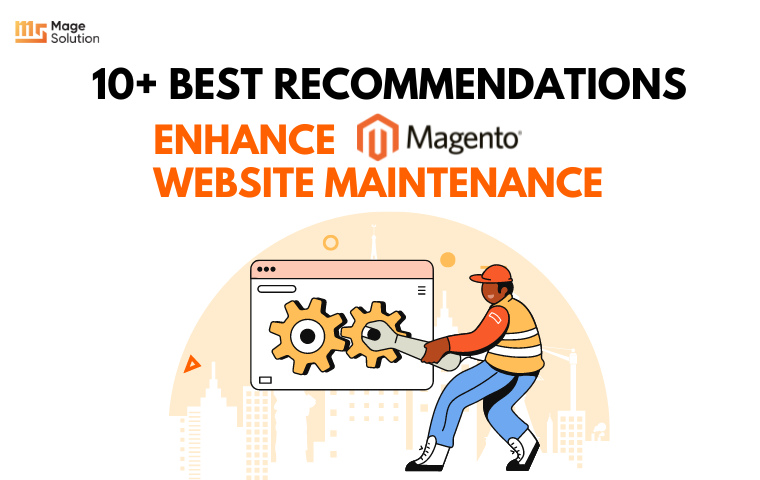Smart search is perhaps the most overlooked feature of online stores. In an examination of 22 different websites, when users searched for a product, they were 1.9 times more likely to convert. Furthermore, potential customers using search can create as much as 13.8 percent of a website’s overall revenue. Despite its advantages, most eCommerce website doesn’t provide a smart onsite search as they should.
Benefits of Smart Search

The average attention of a user on a website is about 7 seconds and that is about how long you have to catch your potential customer’s attention. Where 7 seconds can determine your fate, having a wide portfolio is simply not enough. An efficient search mechanism is essential for the success of an e-store. And it offers an important touchpoint for businesses to draw valuable insights into the consumer behavior
1. Build solid & lasting relationships
Search boxes are usually among the first few touchpoints for consumers visiting their website. Most shoppers are aware of their requirements and directly head to the search box to find the required product. A smart search tool helps your business to build a solid relationship by responding to customers’ requirements in the shortest time possible. Besides, It will provide your customers with auto-suggest relevant products that will attract first-time buyers and make them come back for more.
2. Improve the customer experience
The three main attractions of an online store lie in its accessibility, convenience, and variety. As you know, the major goal of the customers is to get to their desired items like any offline store. So, your e-store needs to navigate them to their destination as quickly as possible. With a smart predictive search mechanism, your customers can get what they want even before they know it. This helps you to improve conversion rates, and it also can lead to happier shoppers. And, they come back and order again and then share their experience with others.
3. Get insights into customer behavior
An effective smart search tool is not only valuable for the convenience of the customers but it can also provide valuable insight into their needs, desires, and possibly frustrations too. Such information can be used to improve the layout of a site, market the right stuff, promote relevant information to the front page, or even reach out to them individually for a specific requirement.
4. Predict customer intent
The search box can provide deep insights into the buying intent of your consumer. A more specific search point out a higher intent than a general one. Narrowing down consumer intent can lead you to target your buyers even after they have left your online store. By knowing why shopper is searching for something and where they are searching, you can target the right people at the right time.
5. Prioritized selling
With essential information such as buying intent, customer behavior, and search patterns, you can focus your marketing efforts on the audience who are most likely to purchase. Through prioritized selling based on search popularity, you can market items that are generally popular or highly rated and most likely to appeal to your customer base. Platforms like eBay and Amazon use this very effectively by showing popular items first and less favorite ones later.
Tips for Ecommerce Smart Search

1. Avoid the zero results page
In an online store, there is no bigger disappointment than a Zero Results page. When a customer types something in the search bar they expect to receive some results, even if it isn’t an accurate match. Your search tool needs to make sure that your website never shows a zero result page by recommending similar items that the visitor might be interested in.
2. Stop keyword-driven Search
In the technologically advanced world of today, keyword-driven searches just don’t use anymore. Customers need fast, correct, and personalized results from their searches and that is only achievable through a smart and highly intuitive mechanism. These days, the best-optimized search technologies use machine learning and Natural Language Processing (NLP) to understand deeper insights into customer queries and bring back satisfying results. Through Artificial Intelligence, smart search mechanisms can optimize results to be really personalized and enhance in-site suggestions based on customers buying patterns.
3. Go beyond demographic barriers
A smart search mechanism will provide you with the bridge of demographic barriers to reach huge potential customers. Phonetic mistakes in languages and misspelled words can cause fruitless searches that are a disadvantage to your sales and leads. By using predictive search, auto-complete, and spell correction you can solve these minor problems in search entries to have a highly correct and personalized result.
4. Optimized for mobile search
Mobile search is nothing like desktop search, and trying to squeeze all that information into a small screen will bring your users endlessly disappointment. Because visitor is limited by a tiny screen and tactile search and filtering, the best mobile search experience need to be built with these request in mind. Designing a large, easily seen search box, together with relevant auto-complete and rapid return of results can make an incredible improvement in the shopping and search experience.
5. Auto-suggest by relevant categories
It is crucial that you need to showcase suitable suggestions in a drop-down search to provide your customer with an idea of the depth of your product range. Especially, when you are selling thousands of items of a similar kind or of a single product line.
You can take a look at: like Book Depository website where you can search for books by title, author, or genre. Even if someone doesn’t remember the whole title or name of the author, the auto-suggest dropdown bar can allow them to complete their search speedily
6. Include popular searches
Use your search results to highlight your highest-rated and most sought-after items in a non-intrusive and natural way. By including suggestions for popular appropriate products and searches, you can bring effective guidance to make the customer’s job a lot easier.
7. Incorporates long-tail semantic searches
Long-tail semantic searches push a search engine further by making it understand the intent behind the user’s search. For example, someone typing “men’s long sleeve red tee size XL” is much more likely to change than someone just searching “men’s tees.” Potential customers need to improve search results; and, when it comes to relevancy, a semantic-friendly site search will beat plain text competitors every time.
8. Search by product codes
This is a good solution for store owners with magazines and catalogs, and these searches suggest a real intent to purchase.
Final word
Integrating a site smart search with all these capabilities can seem overwhelming, but the payoff in terms of enhanced customer experience, greater customer retention, and overall brand loyalty is wonderful. Therefore, don’t skip this opportunity by applying in your eCommerce store to leverage your business to the next level. If you have any questions or have interested in our eCommerce testing and enhancement service, don’t hesitate to contact us.



